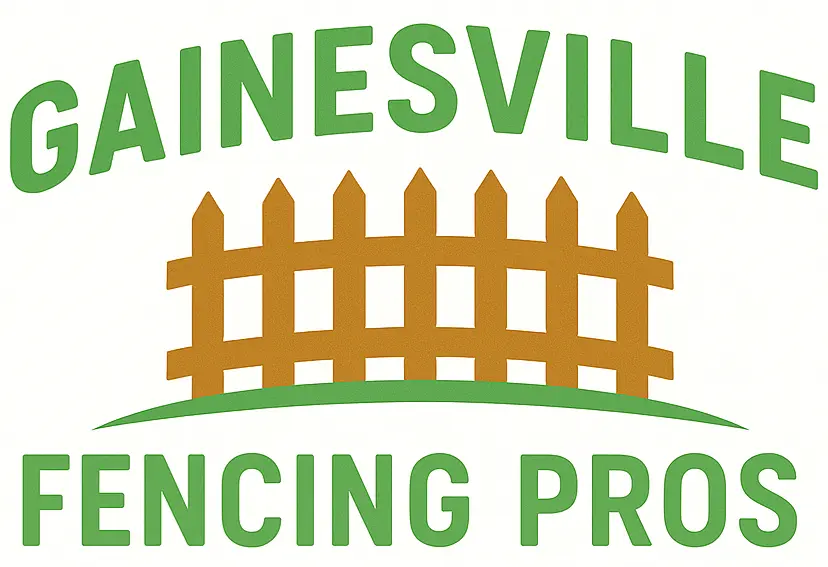Vinyl fence installation is the process of setting up a durable, low-maintenance fencing system made from PVC materials. Homeowners often choose vinyl fencing because it resists weathering, insects, and rot better than wood. Unlike metal, vinyl does not rust and usually requires less upkeep. For homeowners seeking privacy, security, and curb appeal, We recommended vinyl fence contractors Gainesville, FL is a long-lasting solution.
What Tools You Will Need for Vinyl Fence Installation
To complete a vinyl fence installation, you’ll need reliable tools to dig, measure, level, and secure panels. A basic toolkit includes:
- Post hole digger or auger – for digging precise holes for fence posts.
- Tape measure – to ensure consistent spacing between posts.
- Level – for keeping posts and panels straight.
- String line – to align posts along a straight path.
- Rubber mallet – to adjust vinyl panels without causing damage.
- Concrete mix and bucket – for securing posts firmly.
- Screwdriver or drill – for attaching hardware when required.
- Safety gloves and goggles – to prevent injuries during vinyl fence installation.
Checklist: What to Prepare Before Vinyl Fence Installation
Before starting vinyl fence installation, it’s essential to prepare properly:
- Obtain permits
- Check with your local zoning office for fence height and property line regulations.
- Check with your local zoning office for fence height and property line regulations.
- Mark property boundaries
- Confirm property lines to avoid disputes with neighbors.
- Confirm property lines to avoid disputes with neighbors.
- Clear installation area
- Remove debris, rocks, and plants where the fence will be set.
- Remove debris, rocks, and plants where the fence will be set.
- Call utility companies
- Ensure no underground pipes or wires interfere with digging.
- Ensure no underground pipes or wires interfere with digging.
- Purchase materials
- Posts, panels, gates, concrete mix, and necessary fasteners.
- Posts, panels, gates, concrete mix, and necessary fasteners.
- Plan gate locations
- Decide where access points will be for easy entry.
Preparing ahead of time makes vinyl fence installation smoother and prevents costly mistakes.
How Vinyl Fence Installation Is Done
The process of vinyl fence installation typically includes these steps:
- Mark the fence layout with stakes and string line.
- Dig holes for posts using a post hole digger or auger.
- Place posts into holes and secure them with concrete.
- Allow concrete to cure fully before attaching panels.
- Insert vinyl panels between posts and lock them into place.
- Install gates at designated entry points.
- Add finishing caps to posts for a polished look.
- Typical installation time: 1–2 days for a residential yard.
Safety and Access Tips for Vinyl Fence Installation
Keep safety a priority during vinyl fence installation with these tips:
- Wear gloves and goggles to protect hands and eyes.
- Keep children and pets away from the installation area.
- Store sharp tools and hardware properly when not in use.
- Clear walkways to allow safe movement of panels and posts.
- Follow manufacturer instructions when using drills or power tools.
- Work with a partner for lifting and placing larger panels.
Post-Service Maintenance for Vinyl Fence Installation
After completing vinyl fence installation, follow these care steps:
- Wash the fence annually with mild soap and water.
- Inspect posts periodically to ensure they remain stable in the ground.
- Lubricate gate hinges as needed for smooth operation.
- Remove dirt, mildew, or algae buildup promptly.
- No staining or sealing is required, unlike with wood fences.
- Replace damaged panels promptly to maintain strength and appearance.
Regional Tips for Vinyl Fence Installation in Florida
When planning vinyl fence installation in Florida, keep local conditions in mind:
- Set posts deep enough to handle Florida’s heavy rainfall and sandy soil.
- Use UV-resistant vinyl panels to prevent fading from strong sunlight.
- Allow for proper drainage around post holes to avoid water pooling.
- Check Gainesville city codes for height limits and permit requirements.
- Consider hurricane-rated vinyl fencing if in a high-wind zone.
Conclusion: Why a Vinyl Fence Installation Checklist Helps
A vinyl fence installation checklist keeps your project organized and efficient. From tools to permits, having a step-by-step guide prevents delays and ensures accuracy. Whether you’re a DIY homeowner or hiring a contractor, a checklist reduces stress and improves results. Following a vinyl fence installation checklist also helps you budget properly and avoid common mistakes.
FAQ: Common Questions About Vinyl Fence Installation
Most vinyl fence installations take one to two days, depending on yard size and conditions.
The upfront cost is usually higher, but vinyl fencing saves money long term with lower maintenance.
Yes, when installed correctly, vinyl fences can withstand strong winds, especially when posts are set in concrete.
Yes, vinyl fence installation can be adjusted for slopes using a stepping or racking method.
Not always. Many homeowners complete vinyl fence installation themselves with proper tools and preparation.
